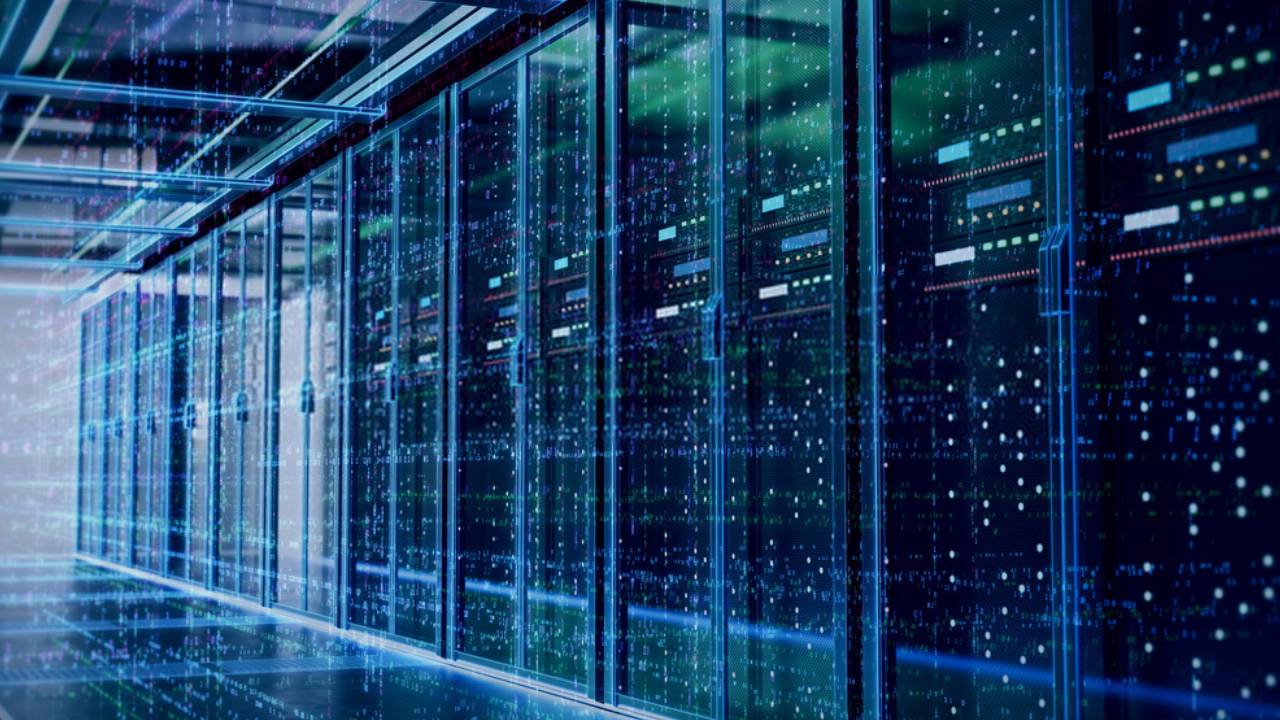Digital Data Center Operations: Integrating People and Technology
That isn’t to say we’ll someday perform data center operations with no people involved. Rather, it’s about integrating people and technology: using technology to provide information that enables people to take action, when necessary, and make better decisions.
Today, we have critical facility managers who take care of the gray space – meaning supporting infrastructure like chillers, switchgear, transformers, and UPSs – and others who handle the white space where IT gear lives. As we move toward digital data center operations, some of those critical facility operations folks will be located in centralized centers of excellence, akin to a network operations center. There, they can apply their expertise to multiple data centers instead of just one, which leads to more efficiency and lower costs.
The enabling technology behind this idea are IoT-devices feeding information to data center infrastructure management (DCIM) solutions, computerized maintenance management systems (CMMS), and/or enterprise asset management (EAM) systems, as well as customer enterprise resource planning (ERP) tools. Once the data is in a centralized tool, artificial intelligence and analytics can identify trends, predict imminent failures, and drive business decisions. It will enable practices like predictive maintenance, where you repair a piece of infrastructure because it’s showing signs that it needs it, not because the calendar tells you it’s time to. Again, increased efficiency, lower cost.
5 Steps to Digital Data Center Operations
The question is how to get to this digital data center operations concept from wherever you are now. I see it as a 5-step process:
- Evaluate:First, you need to assess your current infrastructure and whether it can be instrumented, perhaps with sensors or a network management card, so that it can be remotely monitored. If not, put it on the list of infrastructure that needs updating.
- Connect:The next step is to connect all the critical physical infrastructure in the gray space, as well as the IT racks, into a monitoring solution, whether DCIM, CMMS, ERP or higher-level EAM.
- Aggregate:Now, take all this machine-generated data and put it together with any human-generated data, such as from data center walk-throughs, into a centralized data lake.
- Analyze:Once in the data lake, you can then analyze the data to find anomalies that indicate abnormal conditions, unexpected costs, and opportunities for improvements. It’s important to note this process doesn’t displace humans — it complements them. Humans are still needed to interpret results and to continually train the AI platforms to produce better results.
- Act:Finally, you need to act on the data the analytics platform provides. This could be anything from making decisions on whether to upgrade or replace gray space infrastructure to buying more compute power. It includes securing funding for any required work, planning, scheduling, and executing the job.

